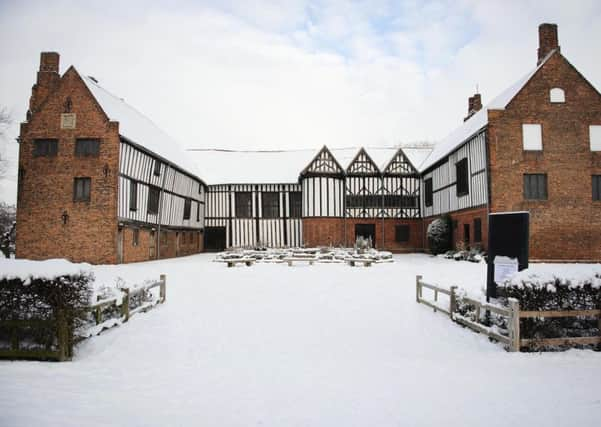New Year's Day was not always on January 1


Let’s look back at how and when it has been done in the past.
The earliest recorded new year’s festivity dates back some 4,000 years to ancient Babylon, the first new moon following the vernal equinox – the day in late March with an equal amount of sunlight and darkness – which heralded the start of a new year and represented the rebirth of the natural world.
Advertisement
Hide AdAdvertisement
Hide AdPeople marked the occasion with a massive religious festival called Akitu.
The early Roman calendar designated March 1 as the start of the new year.
The calendar had just ten months, beginning with March.
Roman legend usually credited their second king Numa with the establishment of the months of January and February.
These were first placed at the end of the year, but at some point came to be considered the first two months instead.
Advertisement
Hide AdAdvertisement
Hide AdSoon after becoming Roman dictator, Julius Caesar decided that the traditional Roman calendar was in dire need of reform.
Introduced around the seventh century BC, the old Roman calendar attempted to follow the lunar cycle but frequently fell out of phase with the seasons and had to be corrected.
In designing his new calendar, Caesar enlisted the aid of Sosigenes, an Alexandrian astronomer, who advised him to do away with the lunar cycle entirely and follow the solar year, as did the Egyptians.
The year was calculated to be 365 and one-quarter days, and Caesar added 67 days to 45 BC, making 46 BC, begin on January 1, rather than in March.
Advertisement
Hide AdAdvertisement
Hide AdCaesar also decreed that every four years a day be added to February, thus theoretically keeping his calendar from falling out of step.
Shortly before his assassination in 44 BC, he changed the name of the month Quintilis to Julius (July) after himself.
Later, the month of Sextilis was renamed Augustus (August) after his successor.
Celebrations of New Year’s Day in January fell out of practice during the Middle Ages as they were considered pagan and unchristian like, and in 567 the Council of Tours abolished January 1 as the beginning of the year.
Advertisement
Hide AdAdvertisement
Hide AdIt also did not help that Caesar and Sosigenes failed to calculate the correct value for the solar year as 365.242199 days, not 365.25 days.
Thus, an 11-minute-a-year error added seven days by the year 1000, and 10 days by the mid-15th century.
The Roman church became aware of this problem, and in the 1570’s Pope Gregory XIII commissioned Jesuit astronomer Christopher Clavius to come up with a new calendar.
In 1582, the Gregorian calendar was implemented, omitting 10 days for that year and establishing the new rule that only one of every four centennial years should be a leap year.
Advertisement
Hide AdAdvertisement
Hide AdSince then, people around the world have gathered en masse on January 1 to celebrate the precise arrival of the new year.
From everyone at Gainsborough Old Hall and myself we wish you a happy new year.